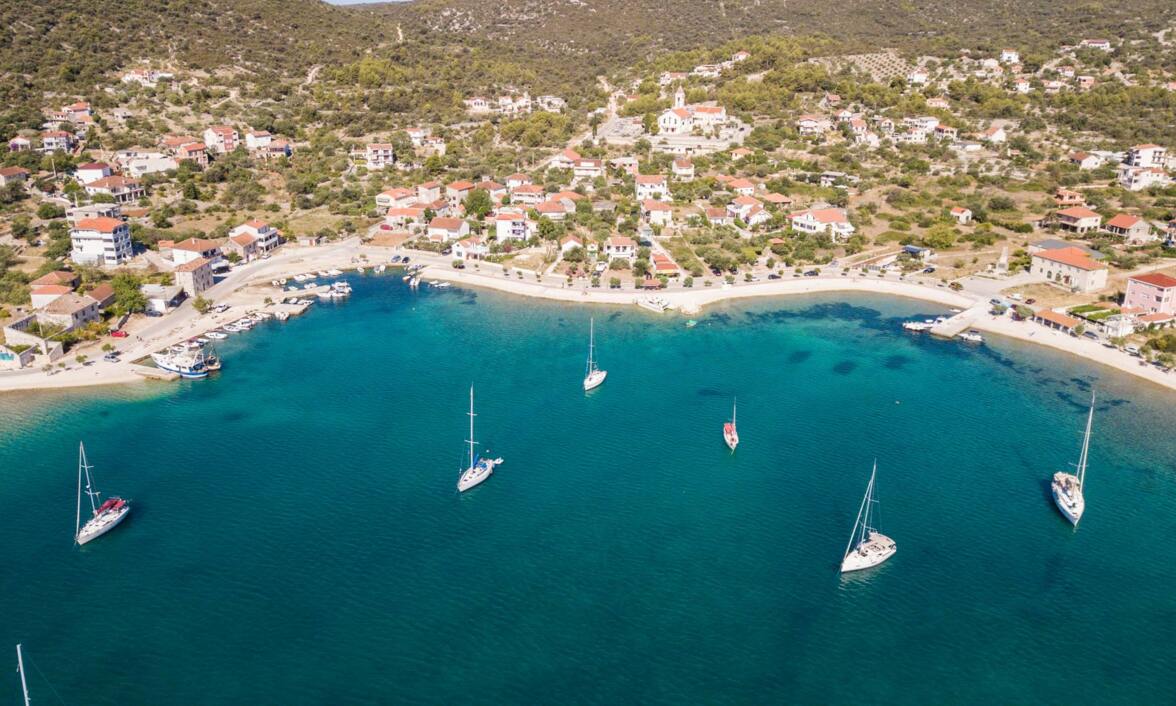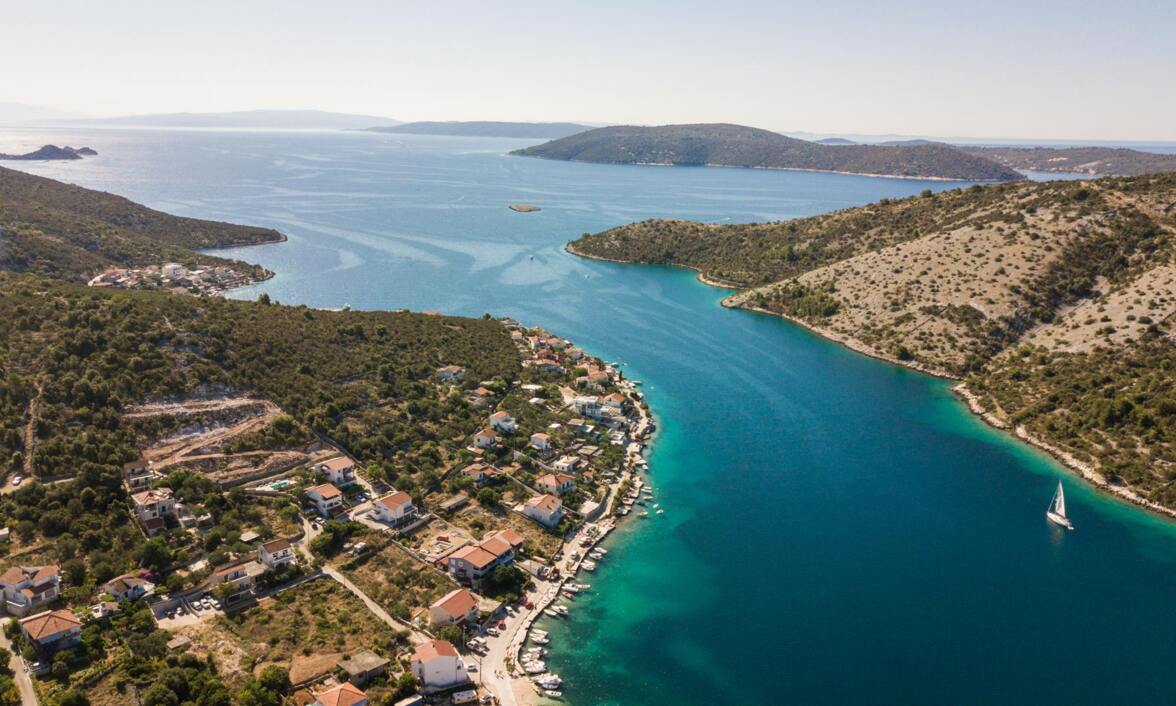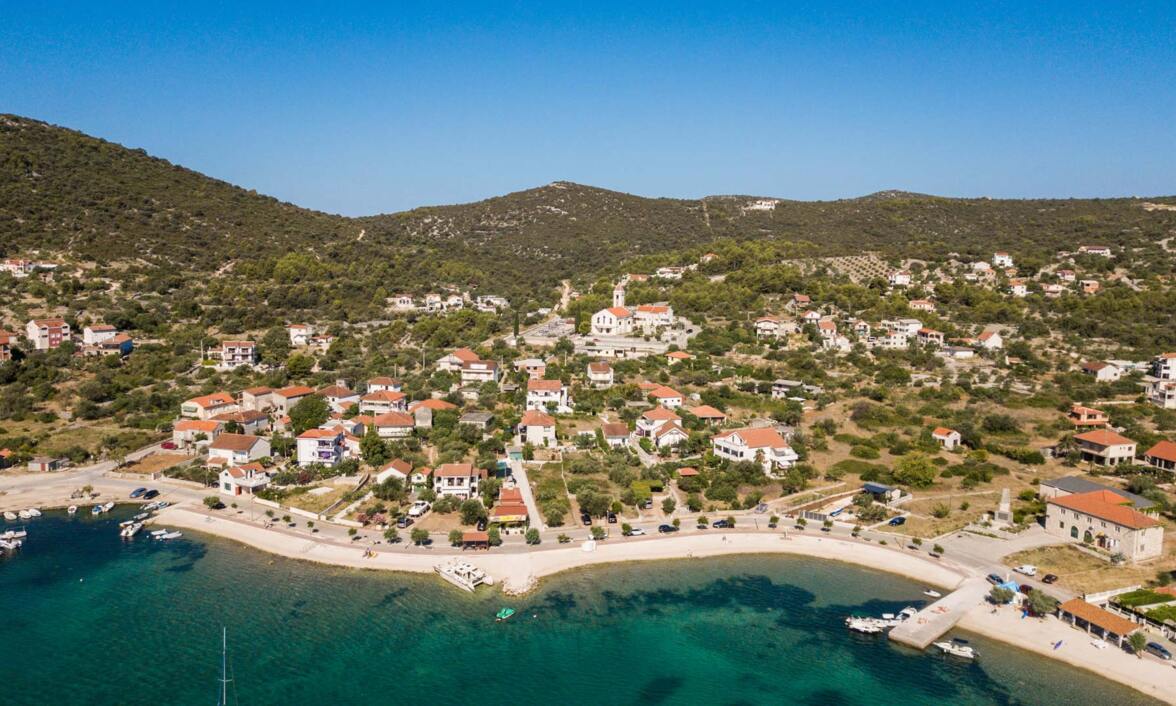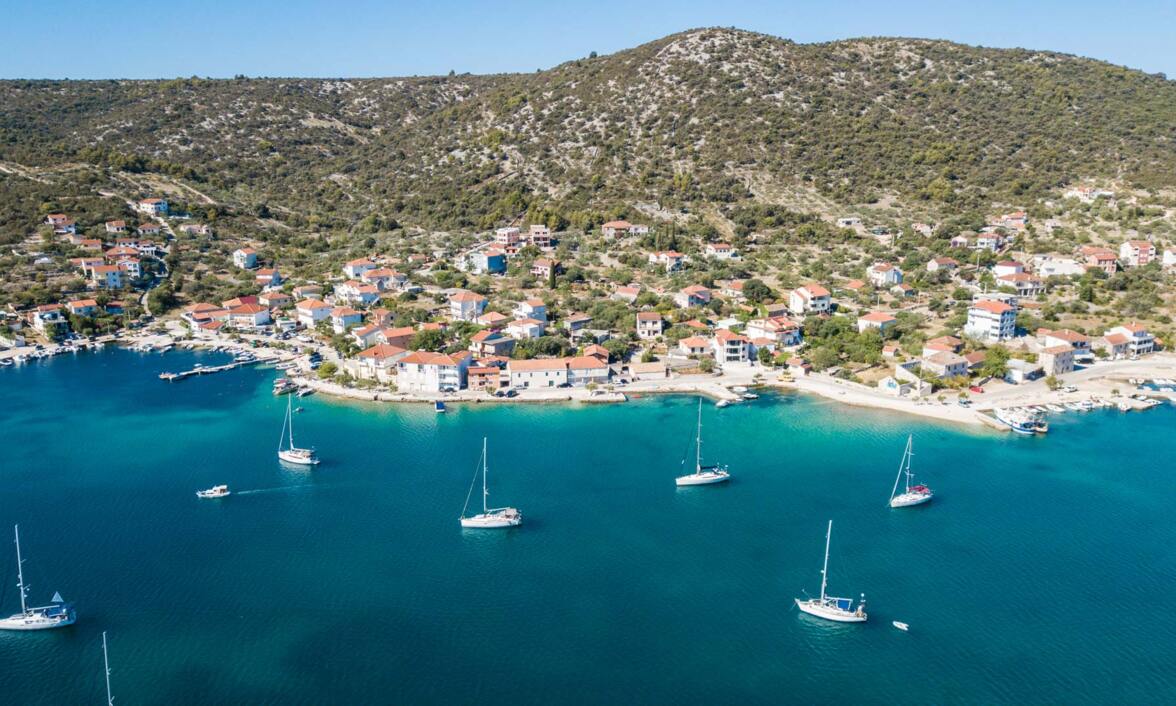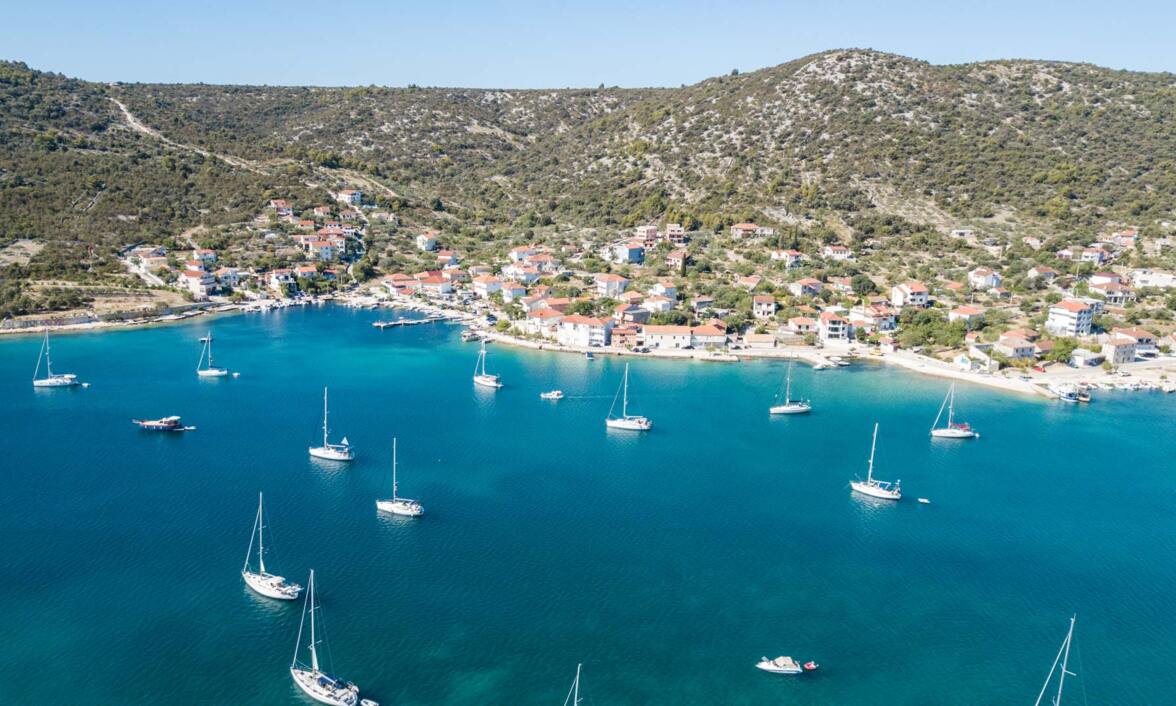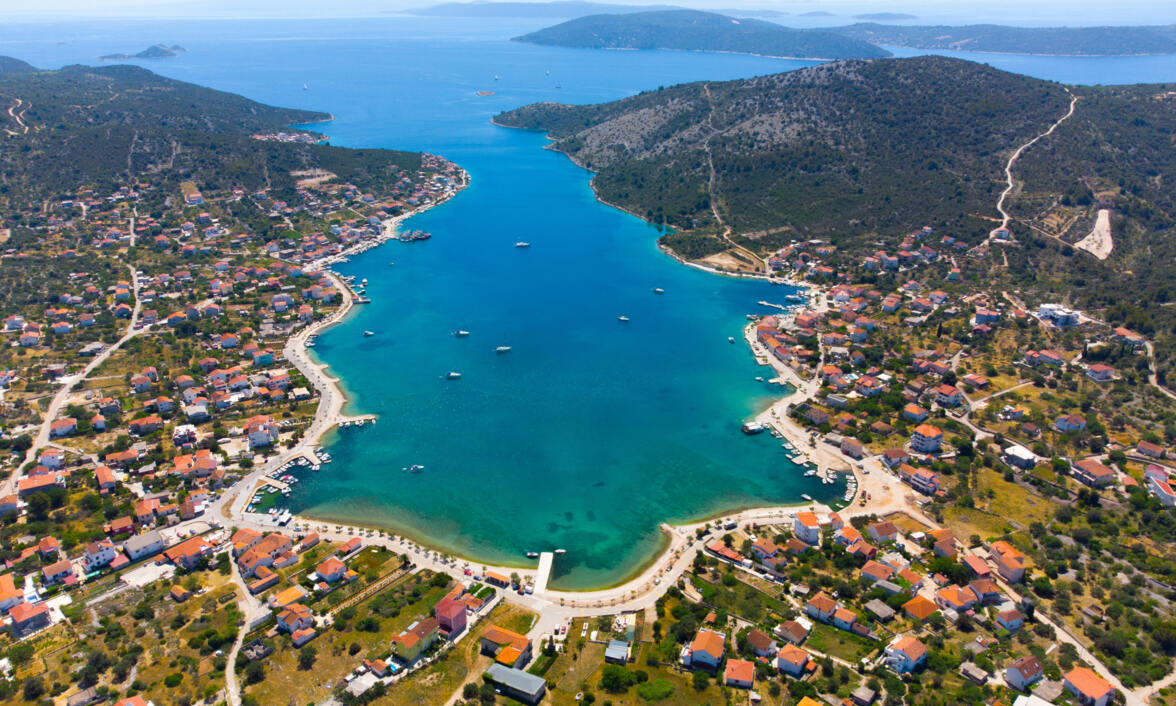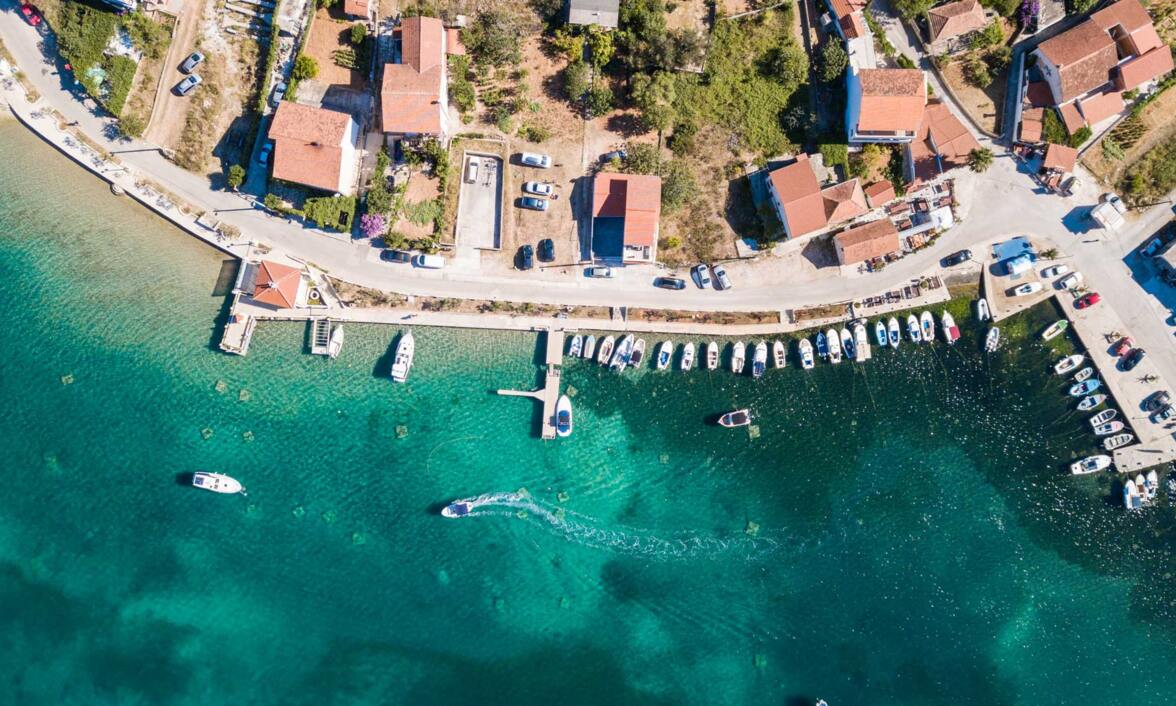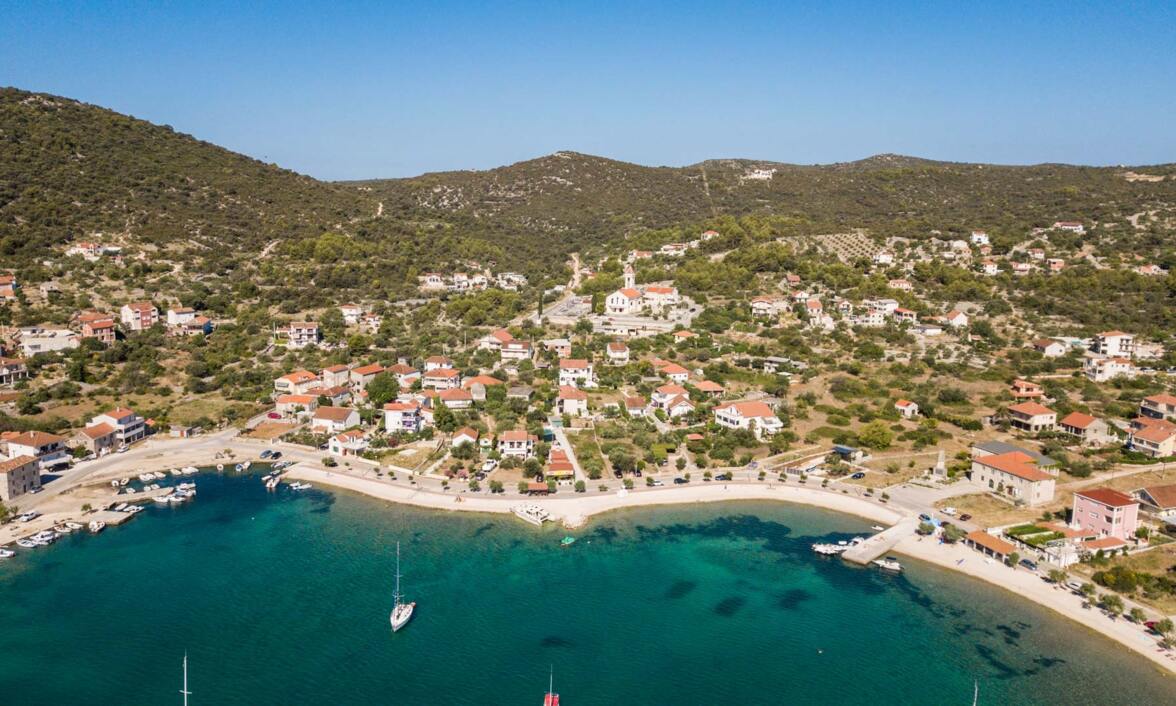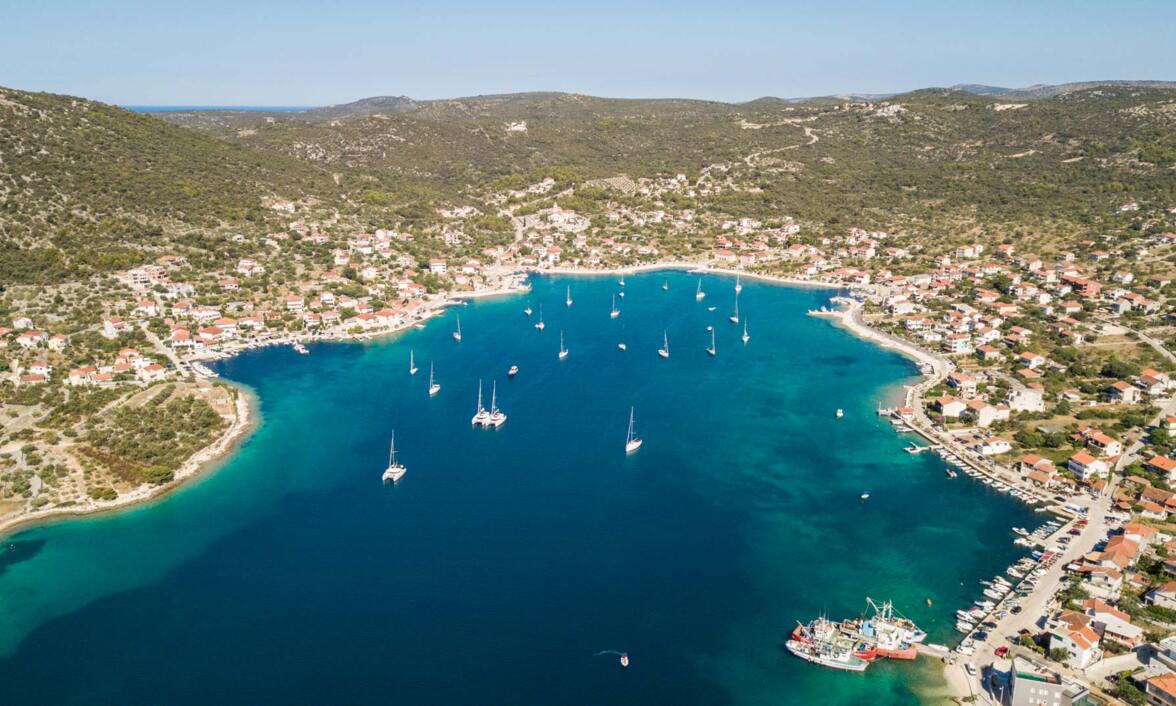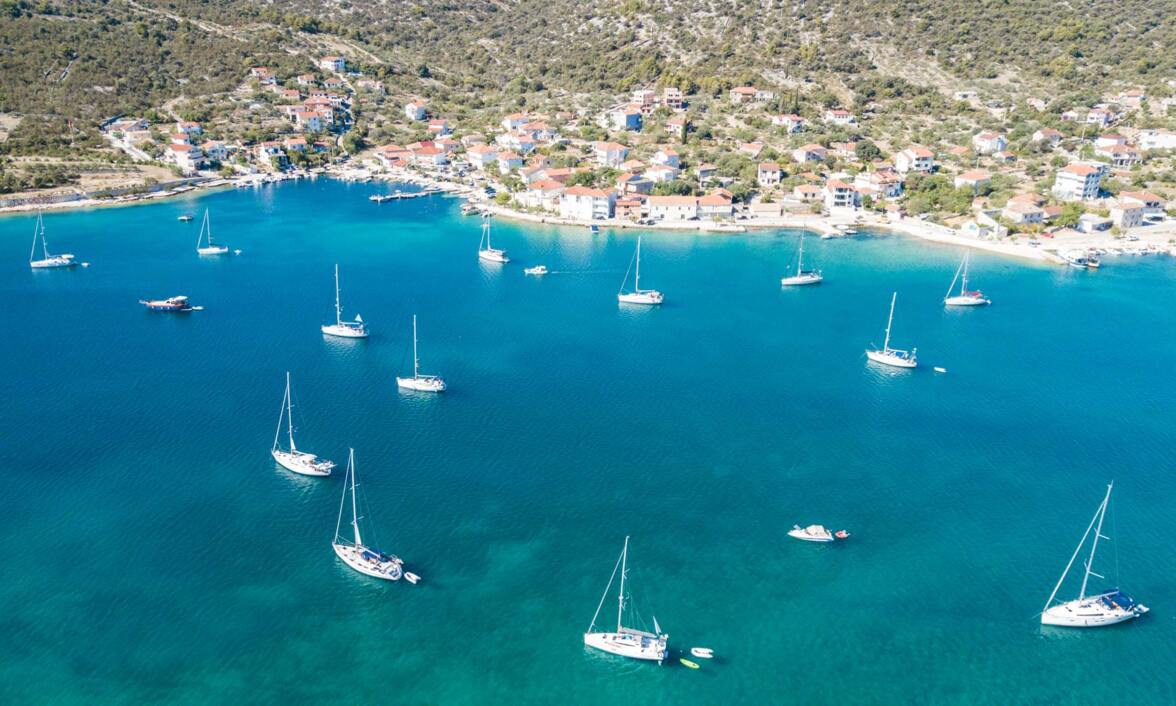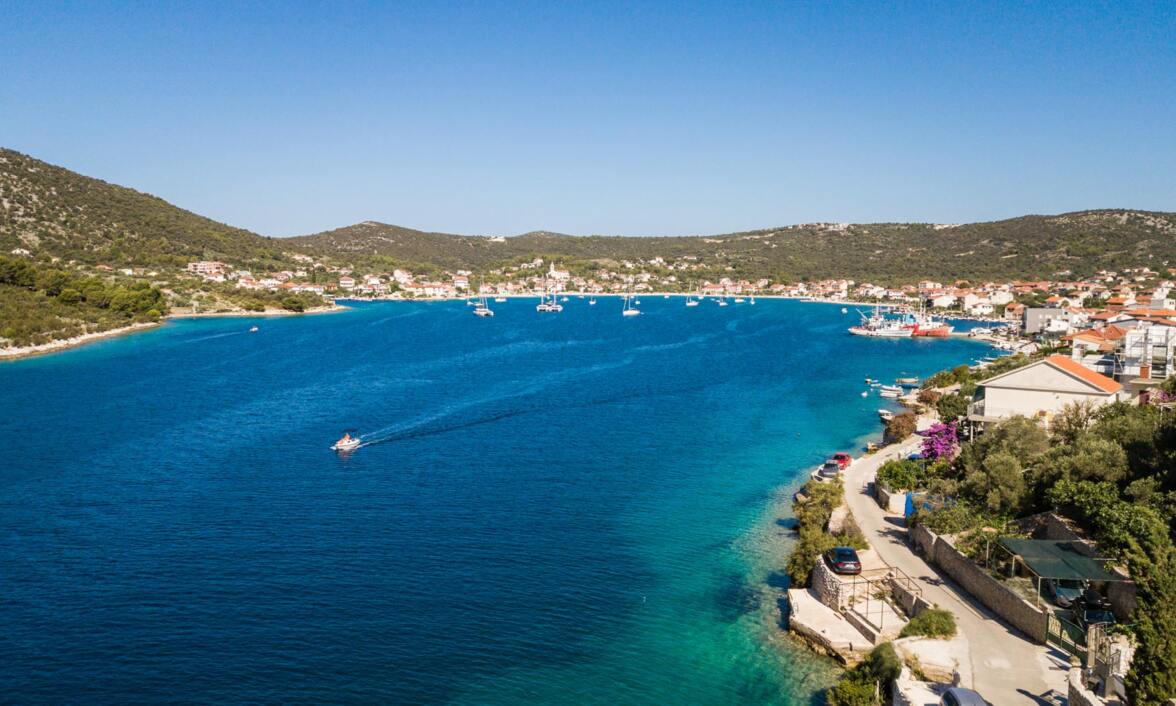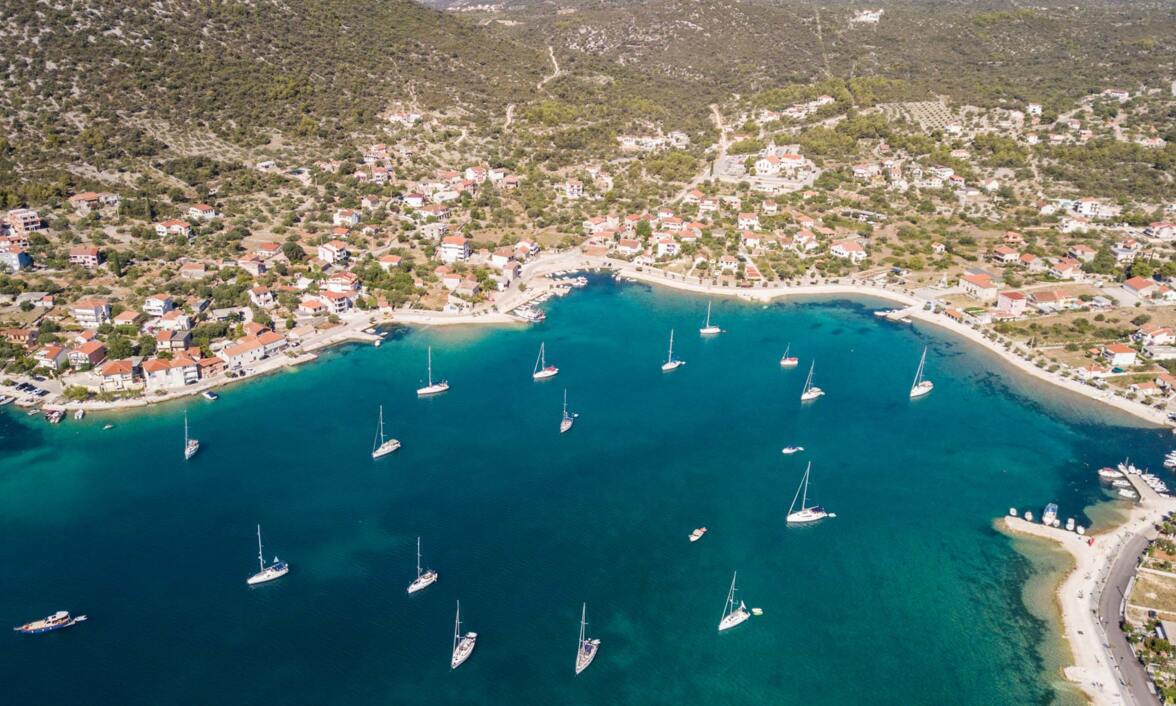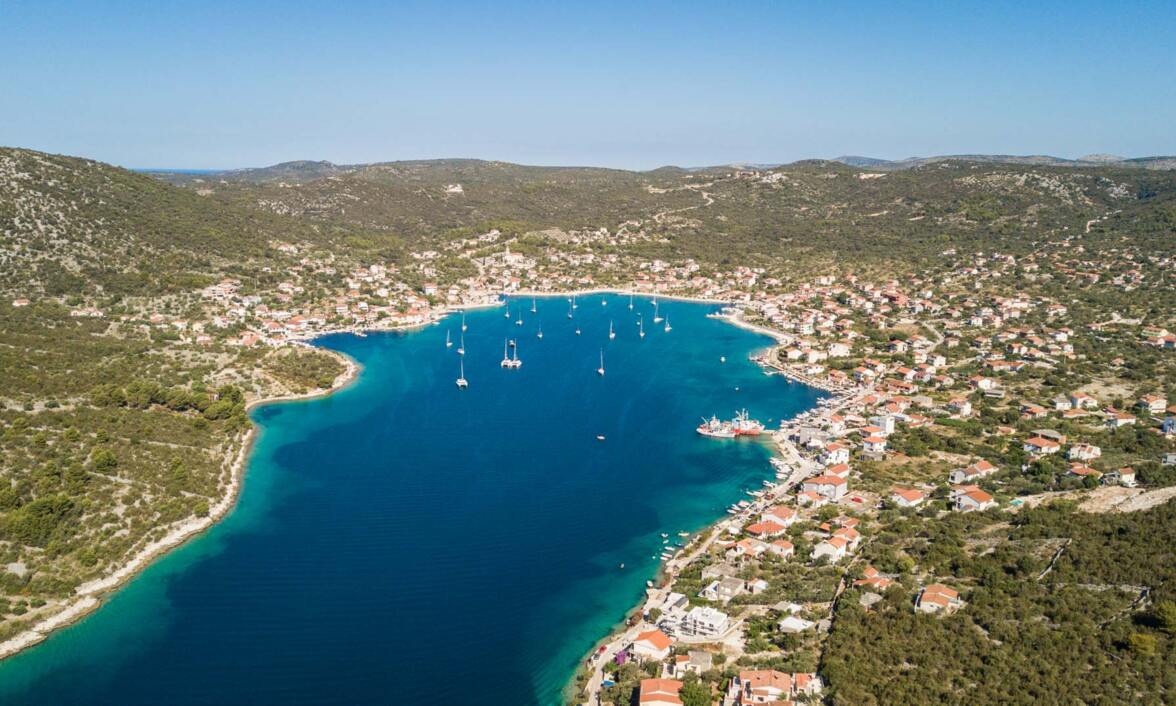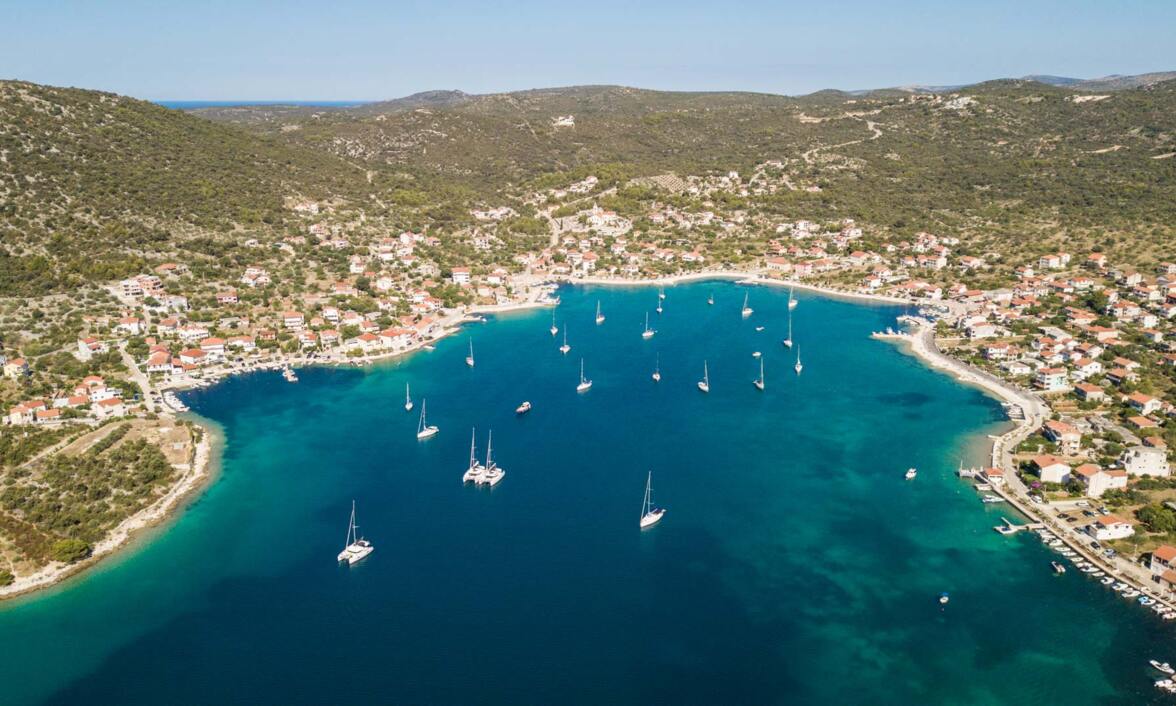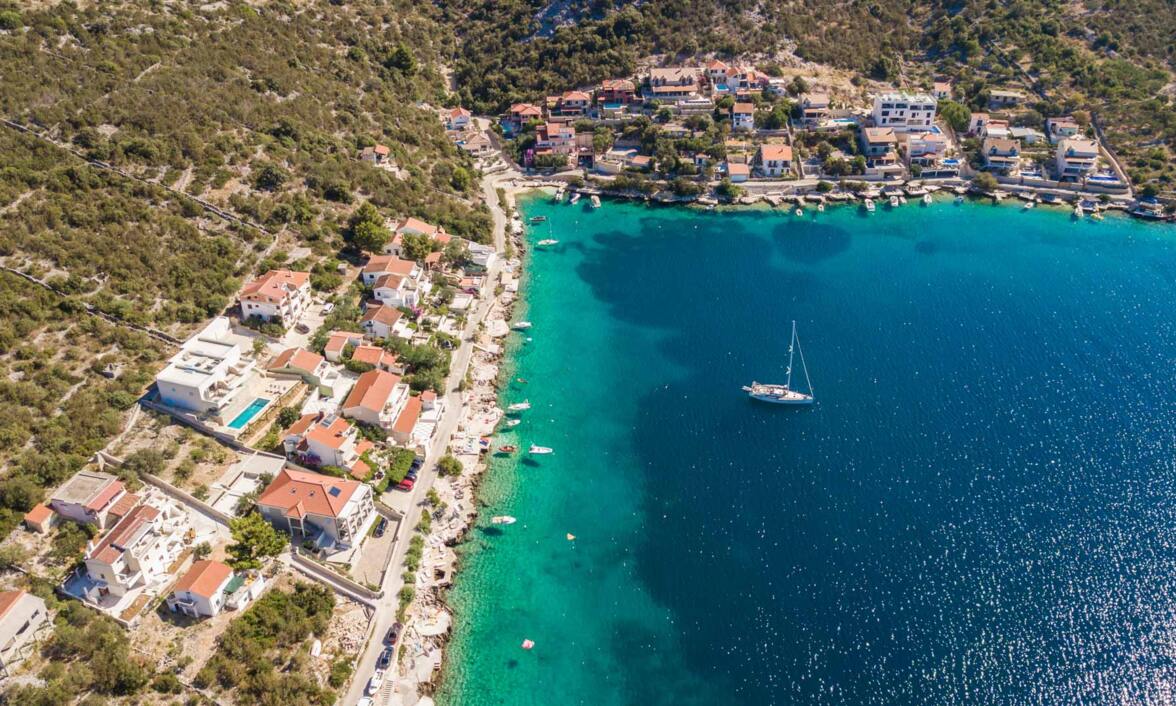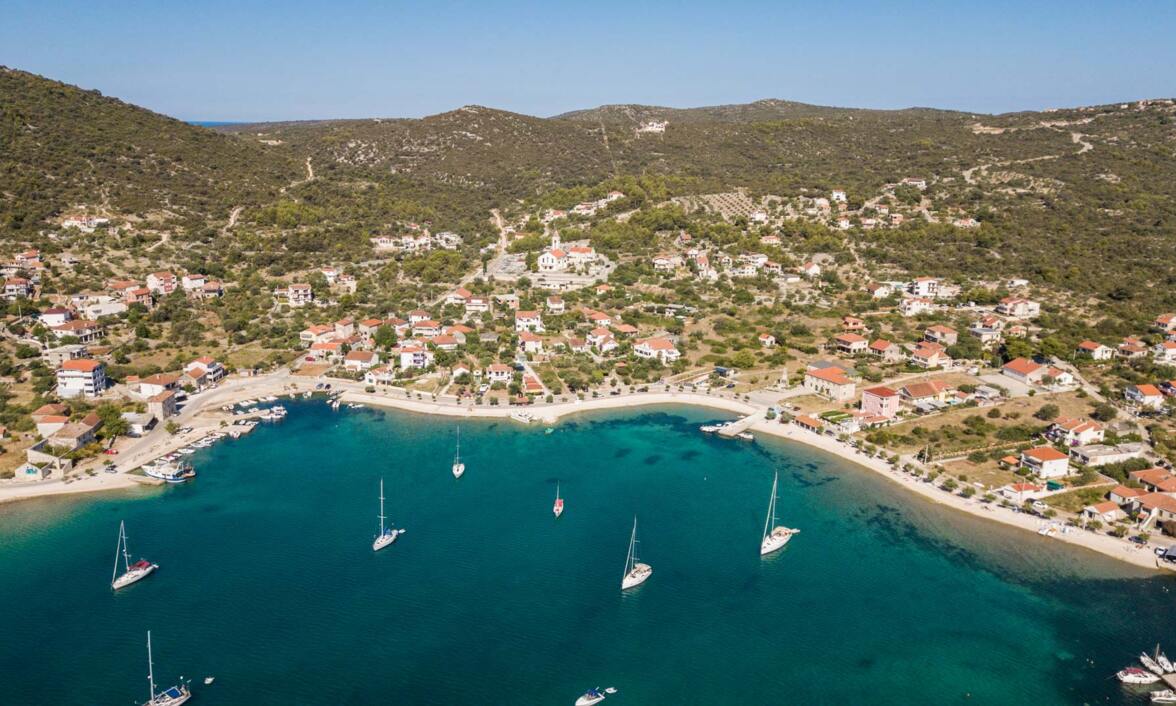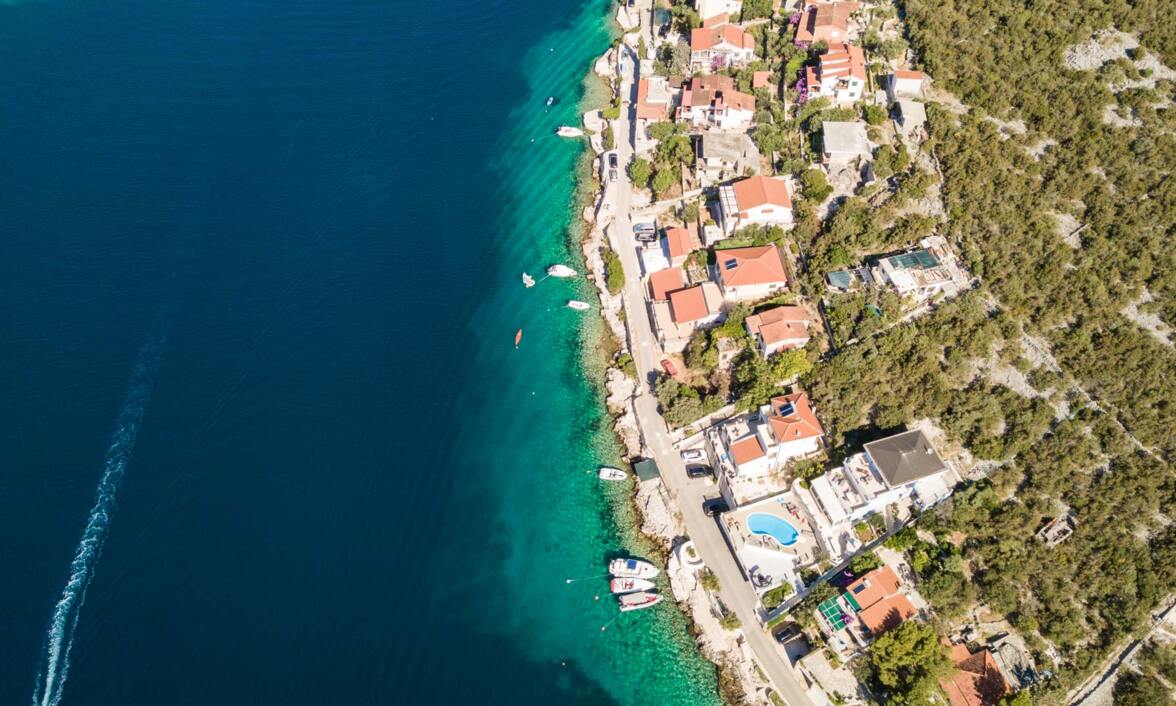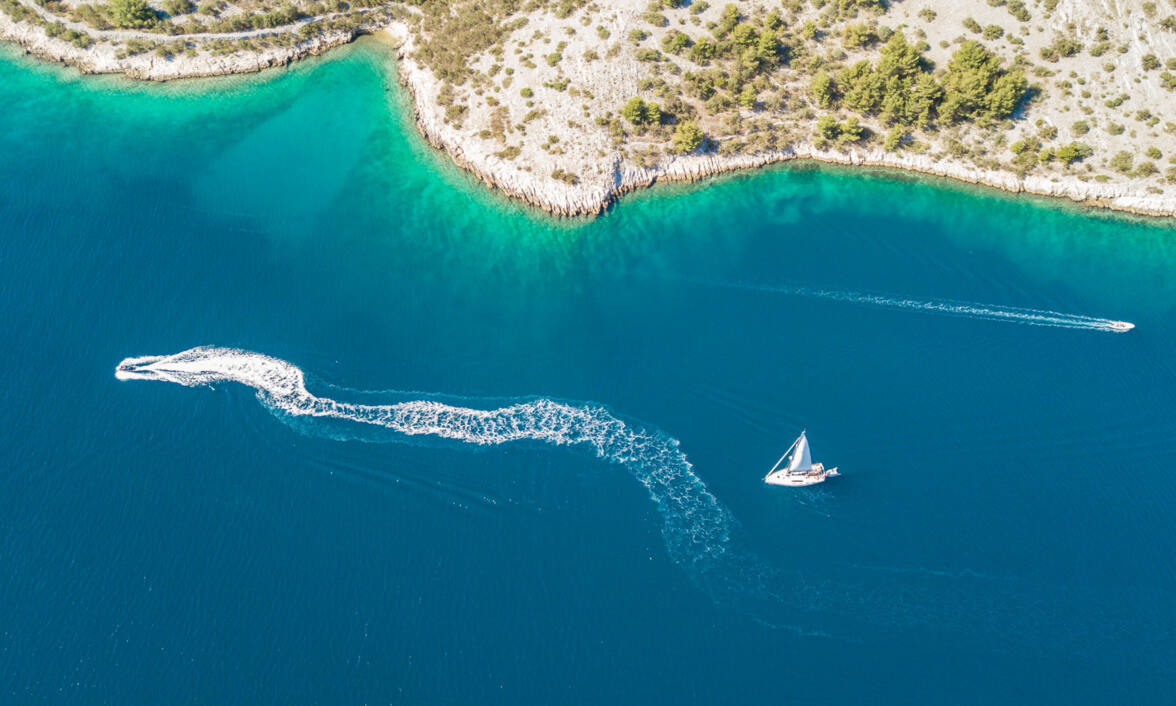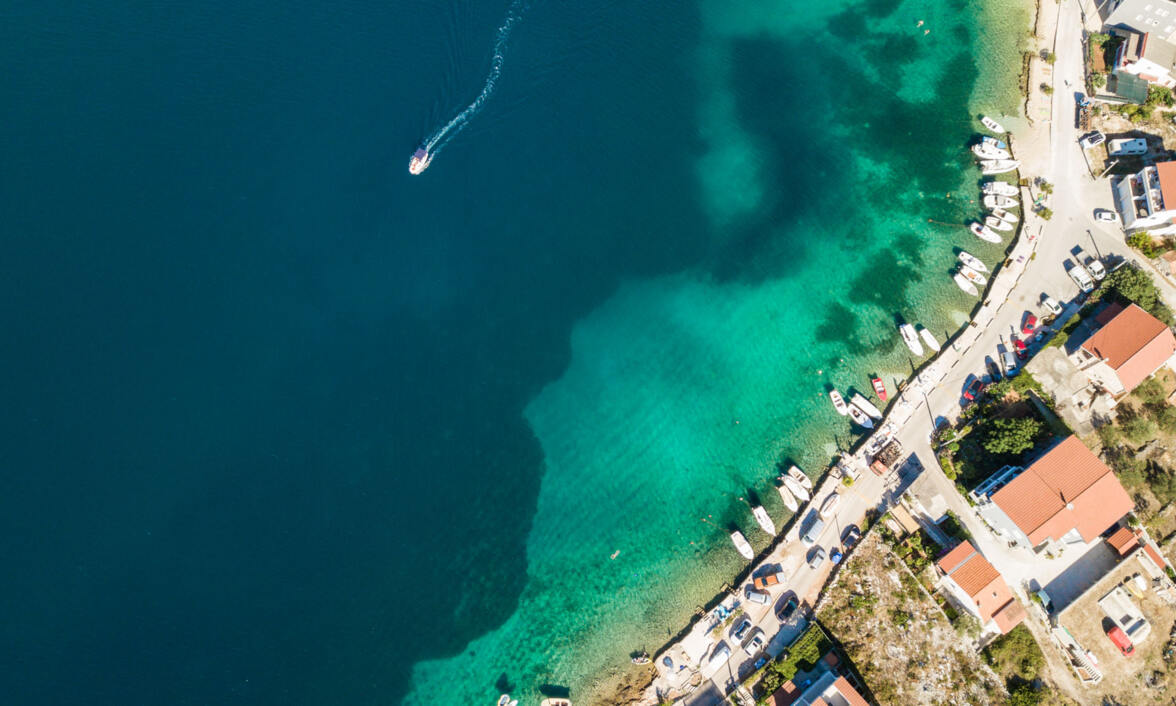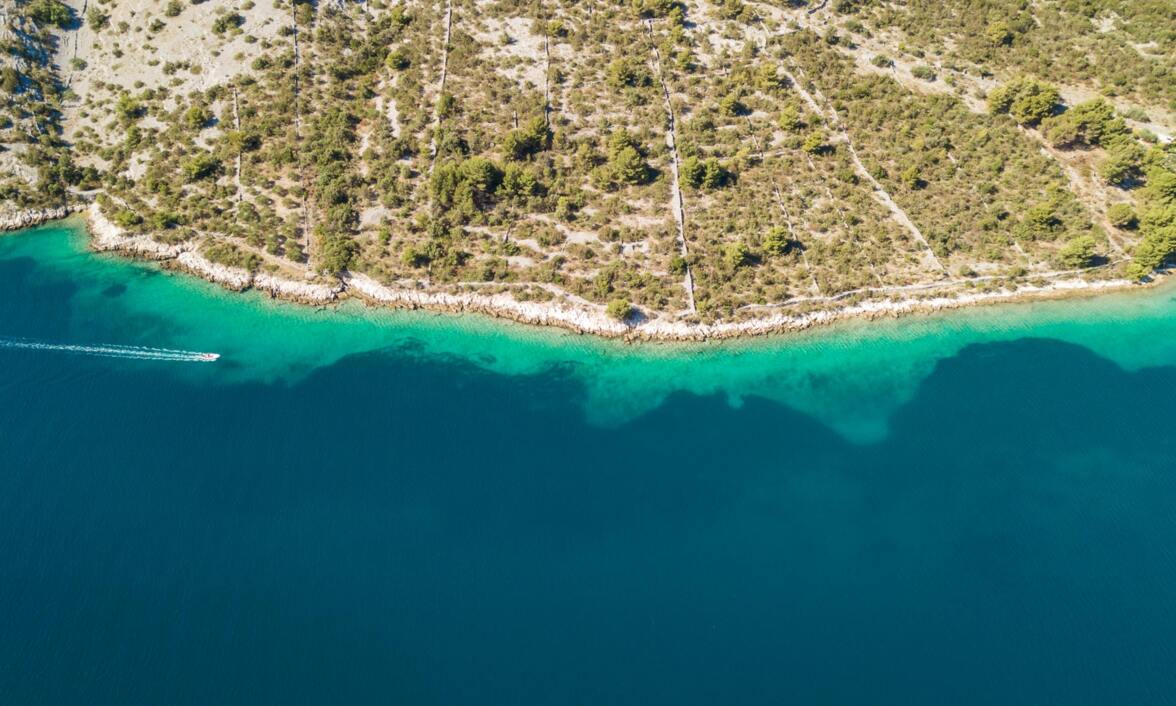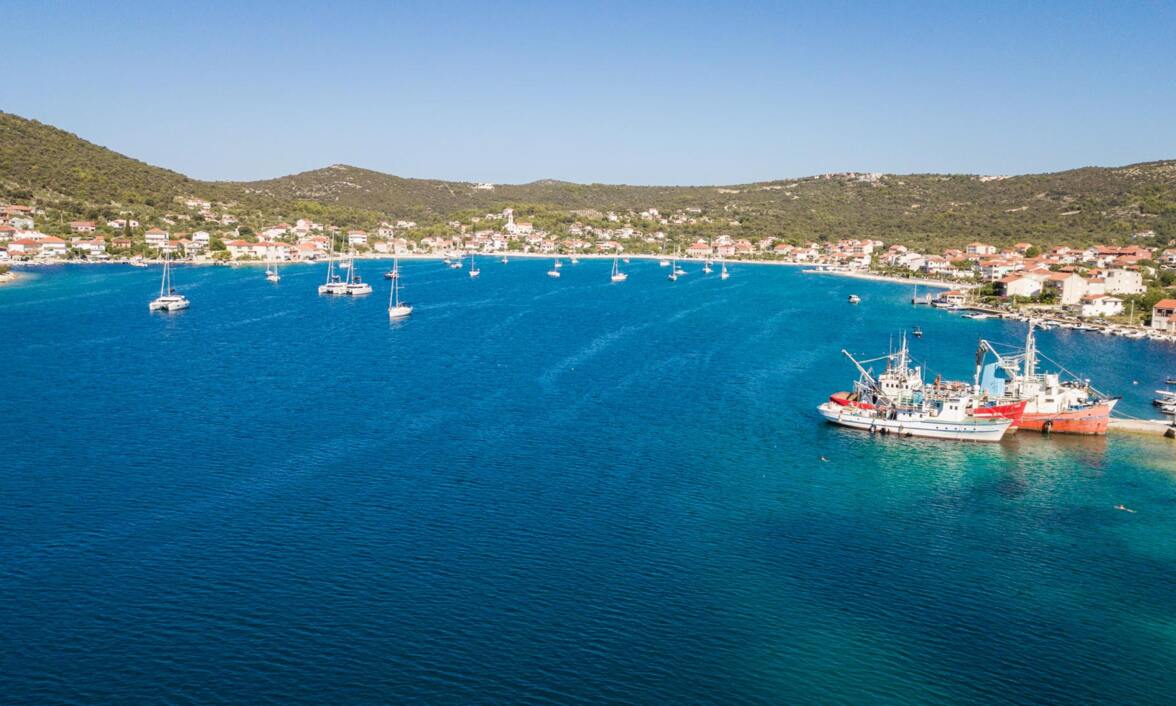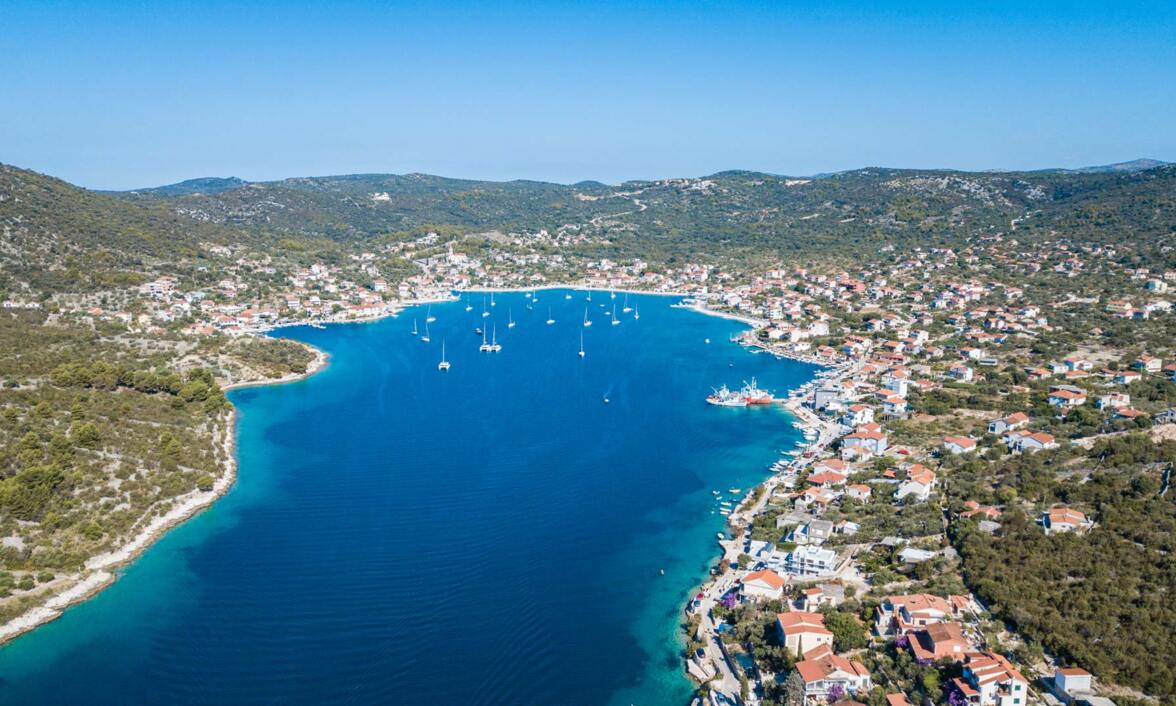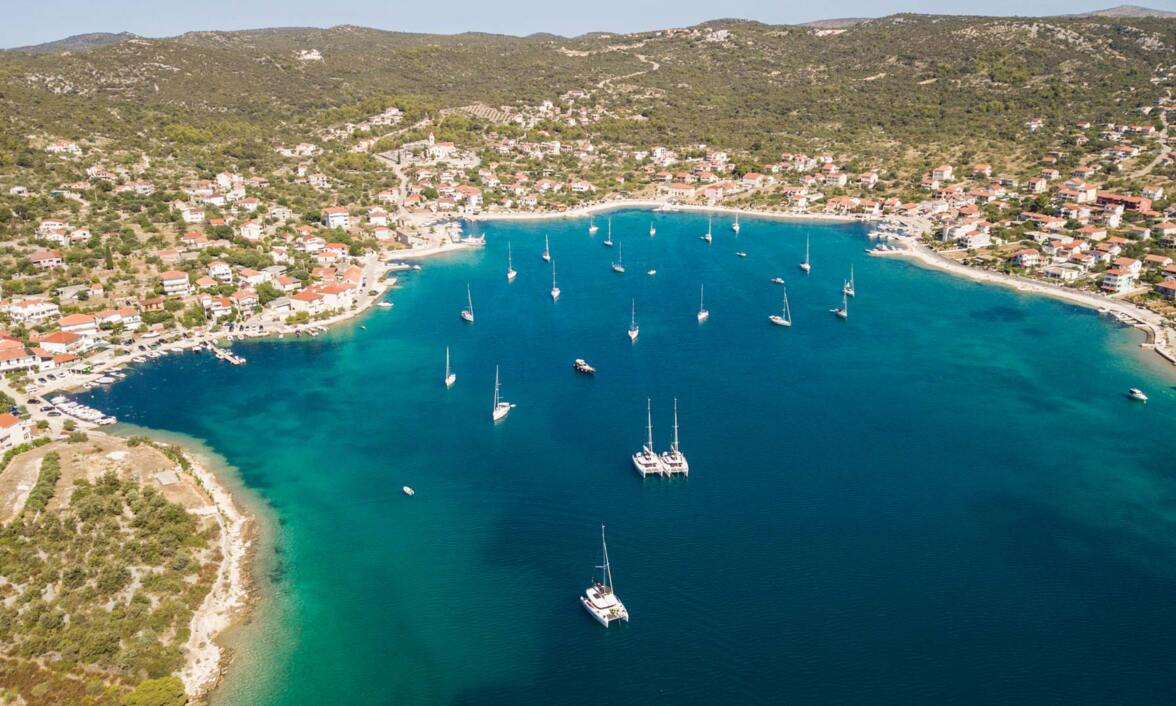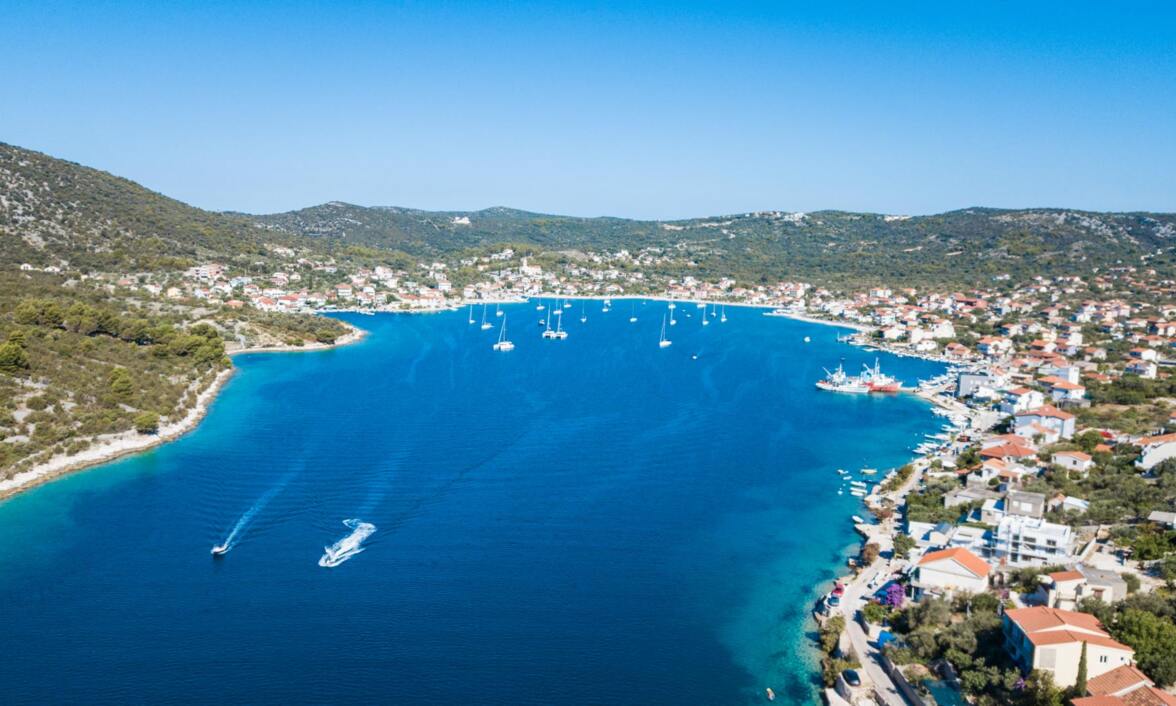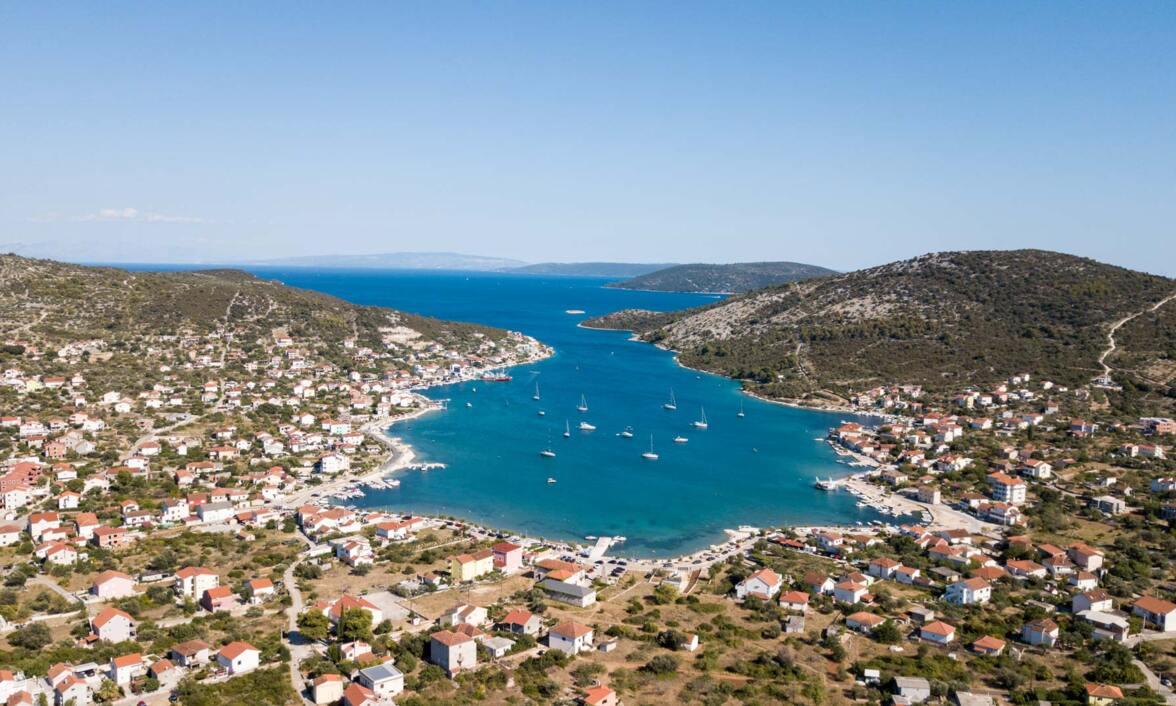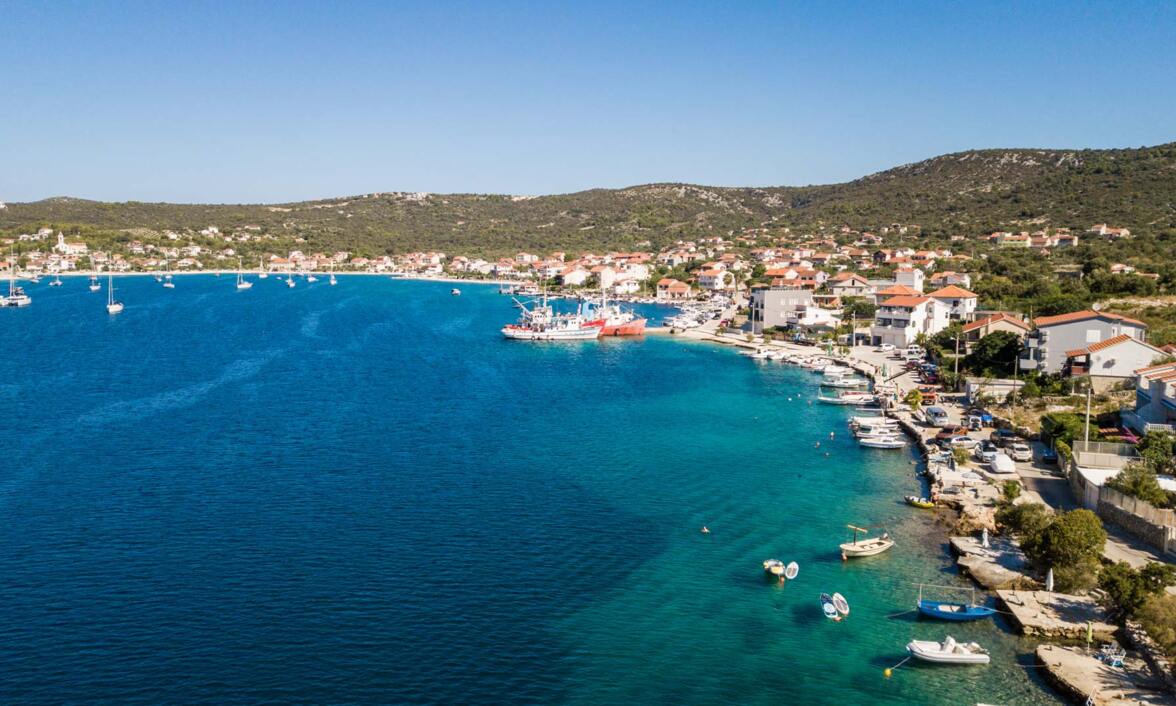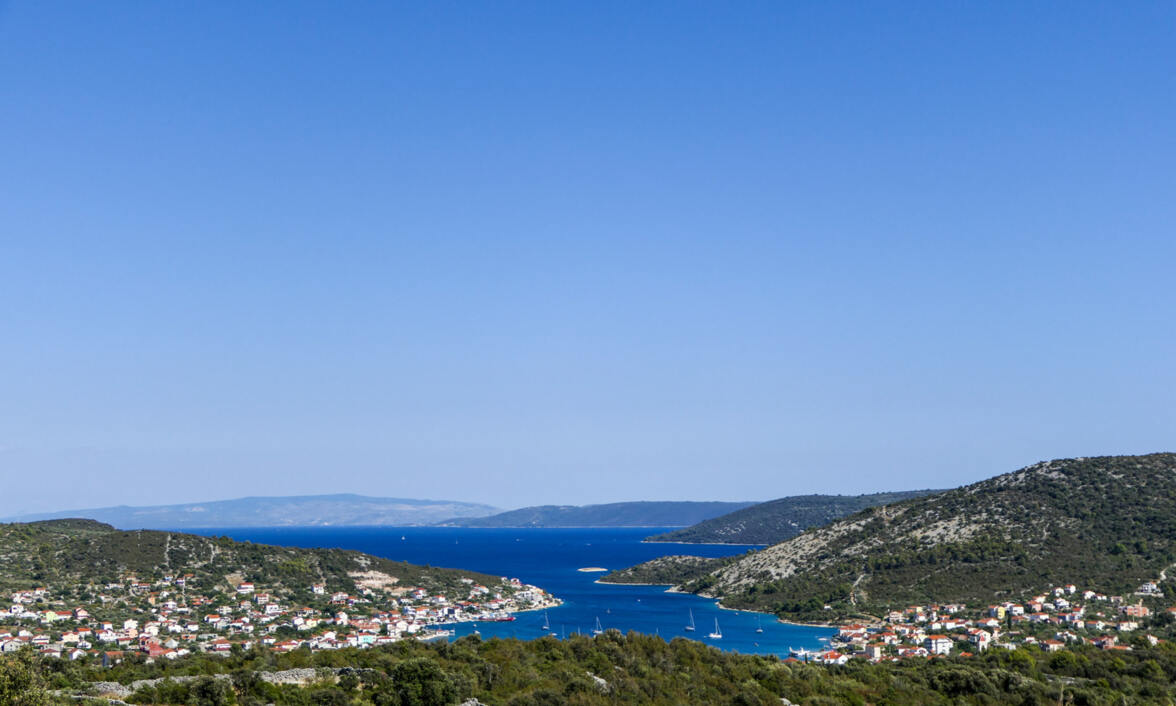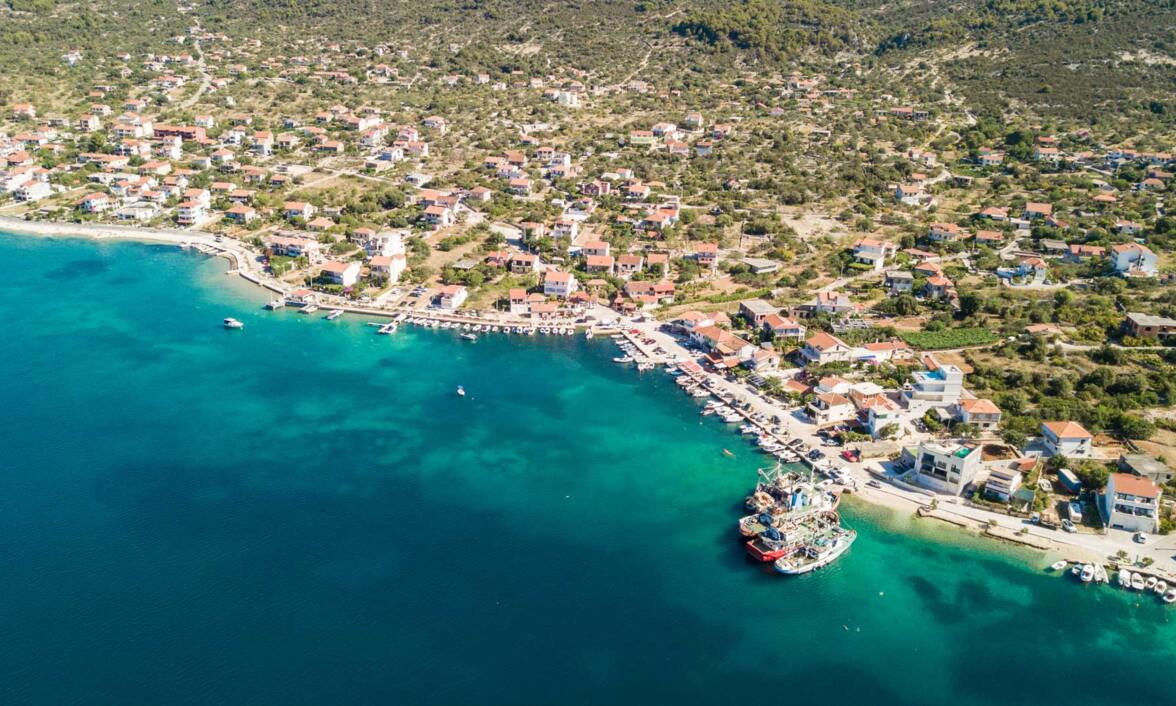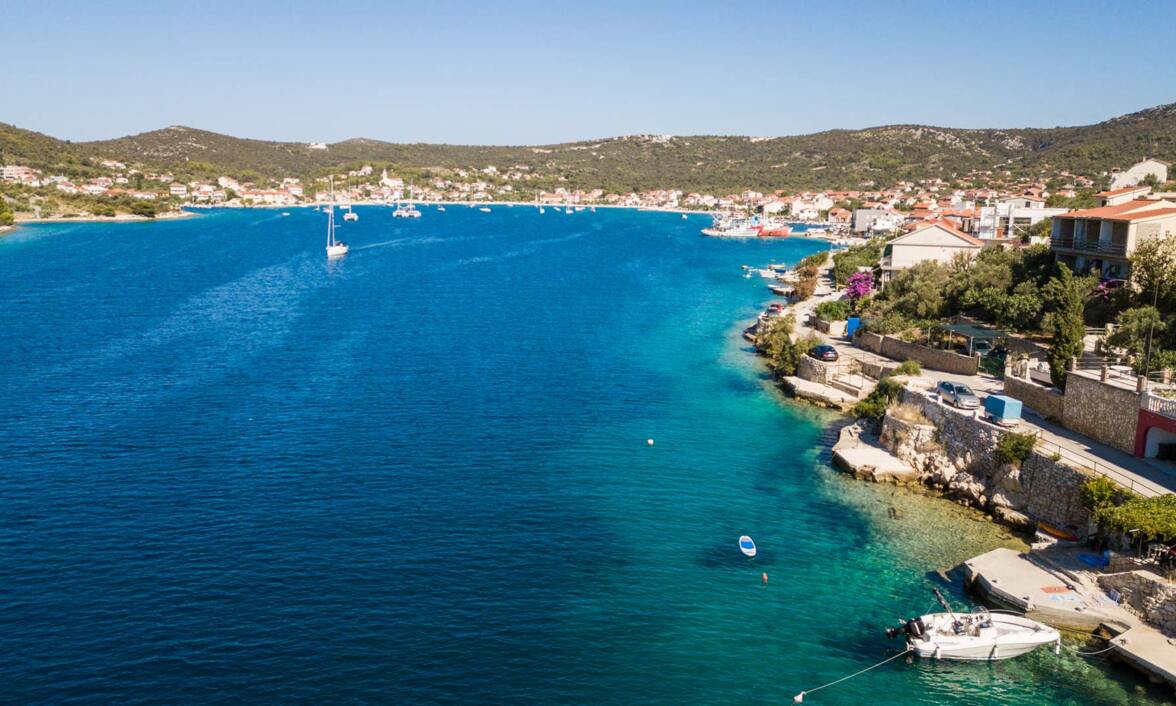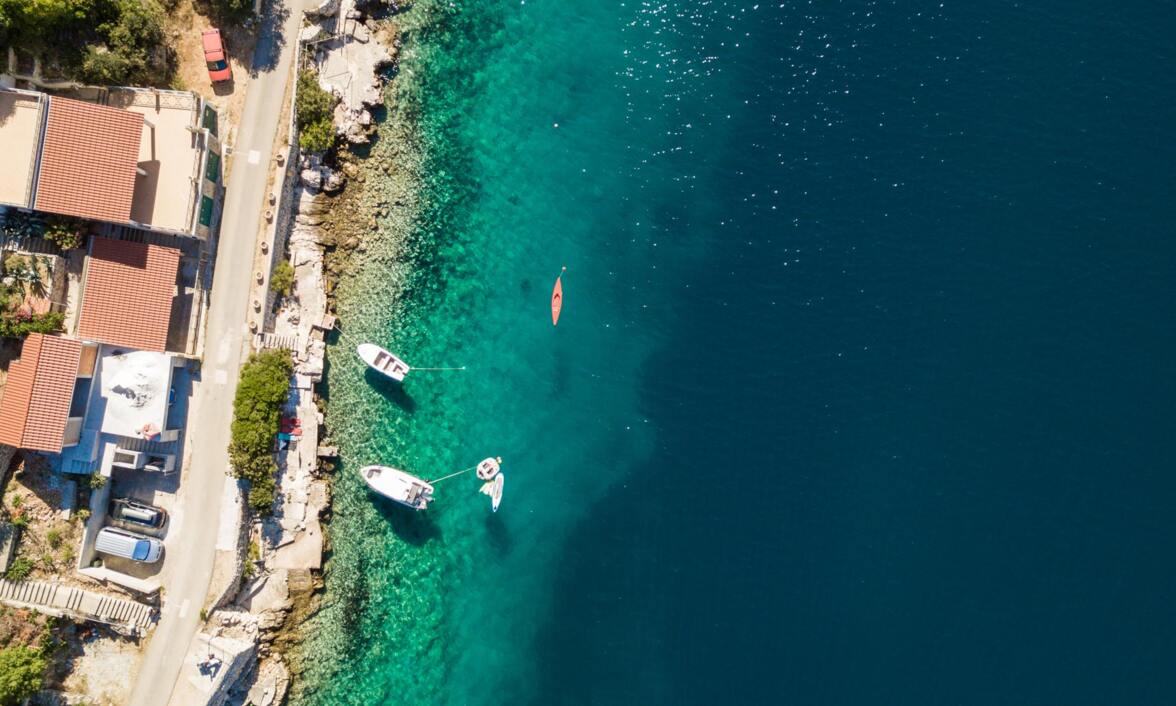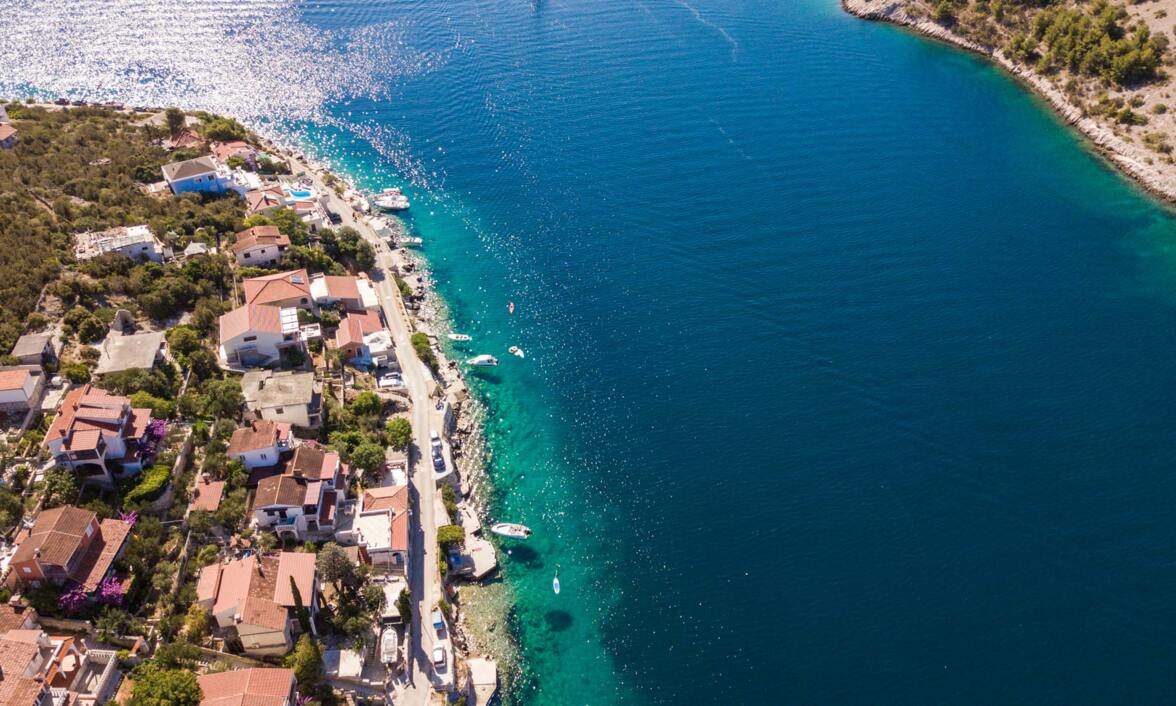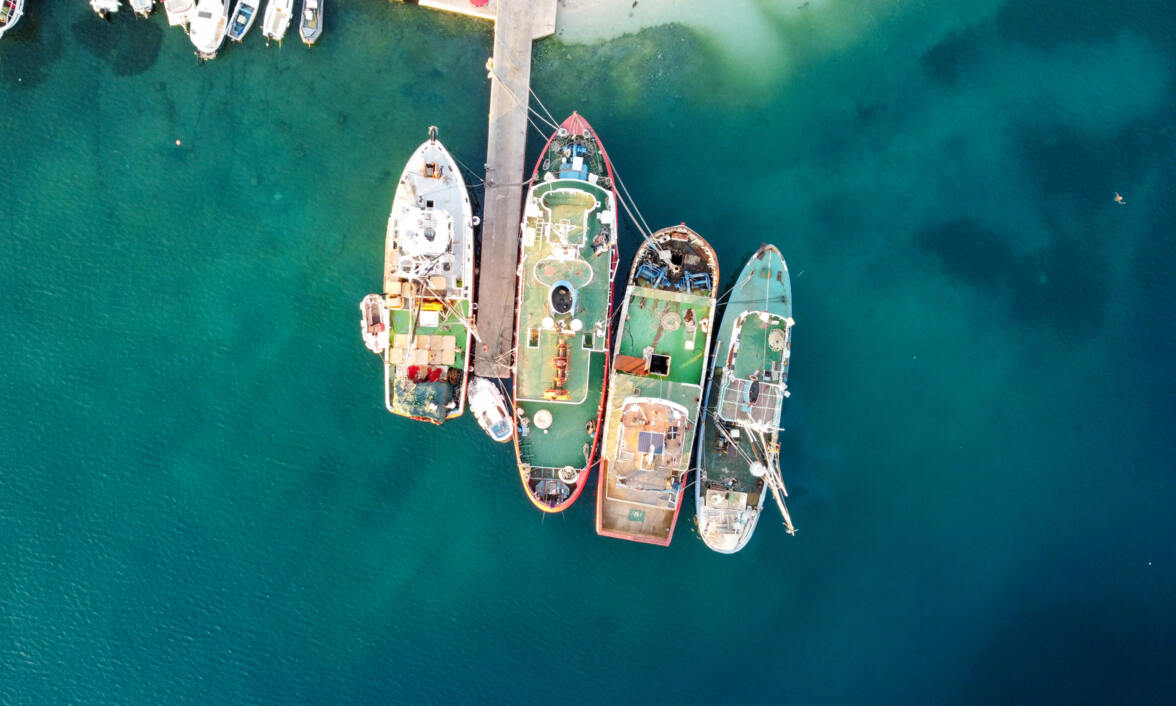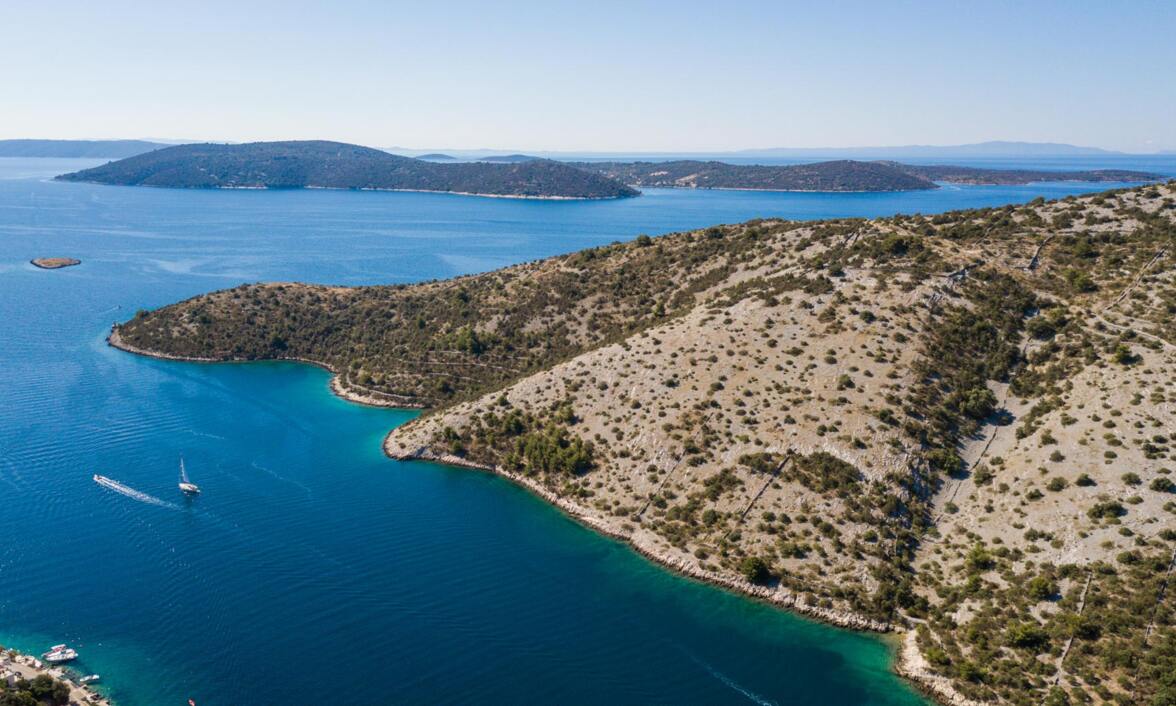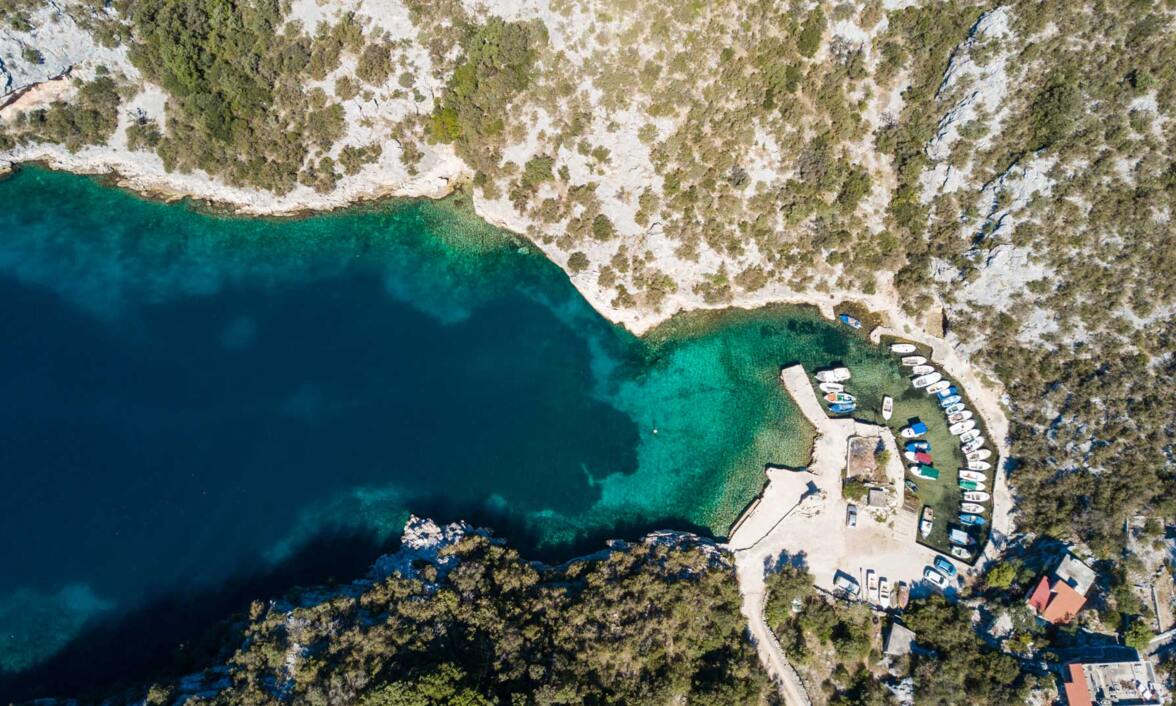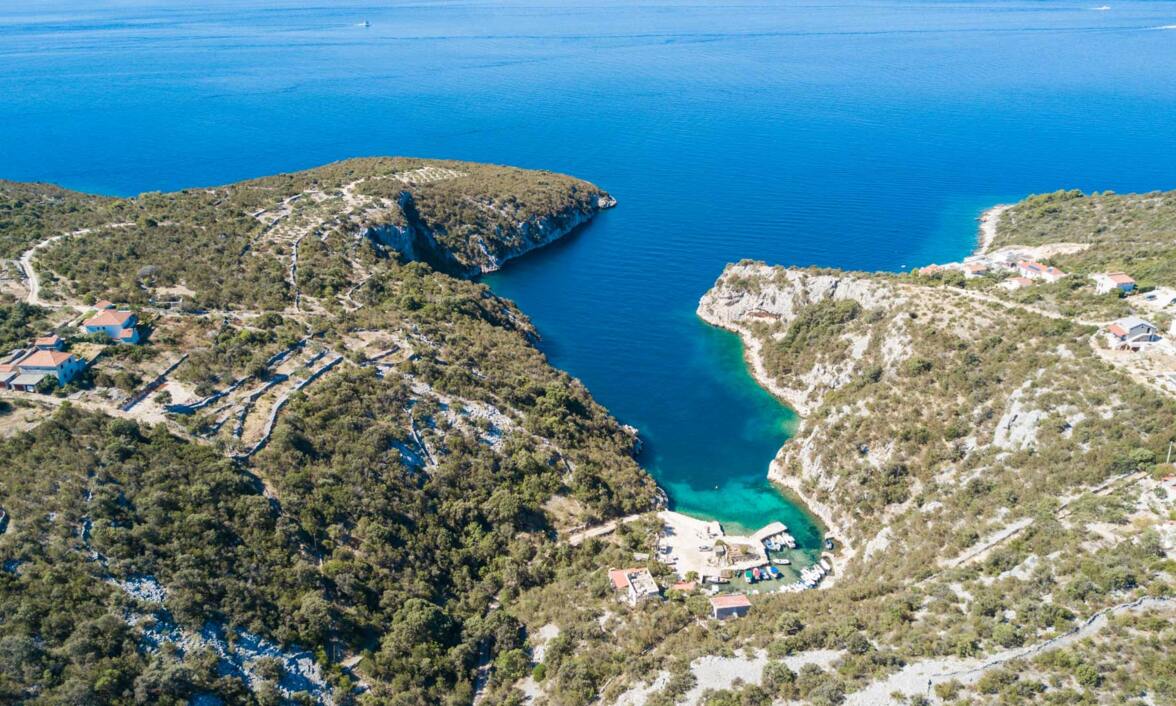The settlement developed at the end of a deep bay, 8 km southwest of Marina. Among the oldest vine-growers in the area, to whom Vinišće owes its name, were Roman military veterans. The same microclimatic conditions, ideal for growing Mediterranean cultures, not only enabled the ancient beginnings of a centuries-old viticulture, which marked the Vinišće area toponymically and aesthetically, but also shaped its contemporary tourist offer, whose contents greatly altered the physiognomy of that old fishing village.
The exact time of the origin of the settlement remains unknown, but the name Vinišće was first mentioned in documents of Trogir canon from 1272. The cultivation of grapes in Vinišće dates back to Roman times, so the name of the place is derived from the vineyard (Vinišća, old Croatian word for vineyards).
The place is located in a beautiful quiet bay with crystal clear sea water and untouched nature, and is ideal for lovers of quiet family vacations in private rooms, villas, apartments and holiday homes.
Visitors who seek adventure but also cherish their privacy will enjoy exploring one of the many hidden coves, such as Voluja and Ljubljeva.
In addition to the cultivation of grapes in Vinišće, stone has also been exploited throughout history, the most famous being the ancient quarry Jamurine and the quarries Vela and Mala petlara in the cove Voluja.
The famous Renaissance sculptor Ivan Duknović was born in Vinišće around 1440. His house was near the quarry Voluja from which he took the stone for the Trogir cathedral. He created statues in Rome, Venice and elsewhere. His stone relief “Madonna with a Child” is placed today above the tomb of Pope John Paul II.
The island of Aranđel is located in front of the southern coast of Vinišće at the entrance to the cove Stari Trogir. On the island in the Middle Ages was the property of the Trogir abbey of St. John and the church dedicated to St. Mihovil. Church of St. Mihovil was built in the Romanesque style, and today the walls of the church have been degraded almost to the ground, while the south wall has been preserved to the height of the window. To the west and northwest of the church is a modern village from the 16th century.
The Murvica lighthouse was built in 1895 on the islet of the same name between the islands Arkanđel and Mali Drvenik. Murvica Lighthouse is one of the last lighthouses raised for safe navigation on the Adriatic waterway.

